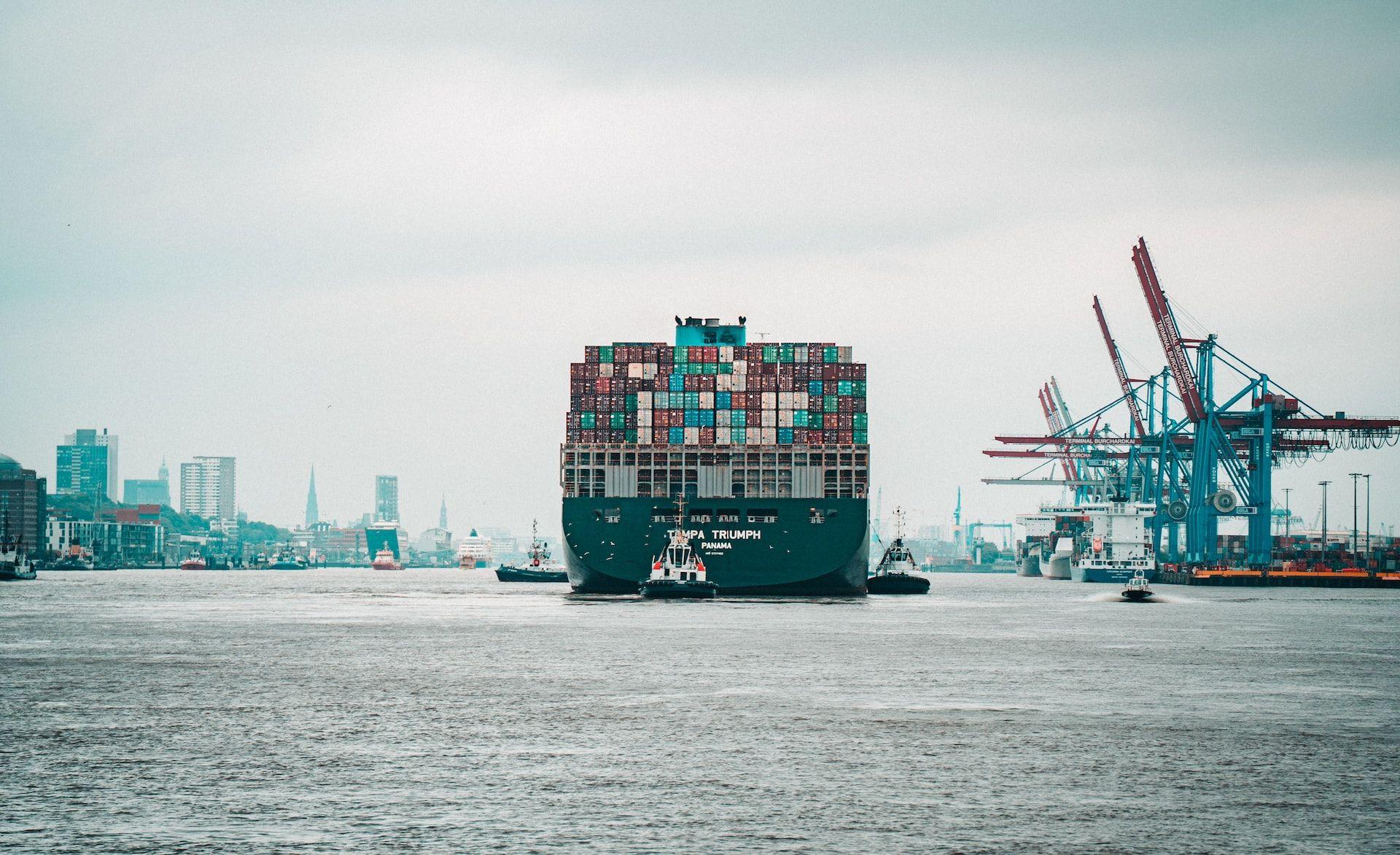Panamax and post-panamax vessels are two types of cargo ships that are widely used in the shipping industry for the transportation of goods across the world. Understanding the similarities and differences between these two vessel types, as well as their use in the industry, is crucial for anyone involved in shipping, as it helps to ensure the efficient and effective transport of goods.
Panamax Vessels
The name "Panamax" refers to the maximum size of a vessel that is able to fit through the Panama Canal, which is one of the busiest shipping routes in the world. The canal, which was built in 1914, has set limitations on the dimensions of vessels that can pass through it, including the width, length, and draft. The maximum dimensions of a Panamax vessel are approximately 32.31 meters in width, 289.56 meters in length, and 12.04 meters in draft.
Post-Panamax Vessels
On the other hand, post-panamax vessels are larger than Panamax vessels and are designed to exceed the limitations set by the Panama Canal. These vessels typically have a width of up to 50 meters, a length of up to 400 meters, and a draft of up to 15 meters.
Cargo Capacity Comparison
One of the major differences between Panamax and post-panamax vessels is their cargo carrying capacity. Panamax vessels have a capacity of around 60,000 to 80,000 deadweight tons (DWT), while post-panamax vessels have a capacity of over 100,000 DWT. This means that post-panamax vessels are capable of carrying much larger amounts of cargo than Panamax vessels, making them a more cost-effective option for transporting goods over long distances.
Another difference between the two vessel types is the way they are loaded and unloaded. Panamax vessels are typically loaded and unloaded using cranes, while post-panamax vessels are often equipped with container handling systems that allow for a faster and more efficient loading and unloading process. This is important for shipping companies, as the faster a vessel can be loaded and unloaded, the more trips it can make, increasing the overall efficiency and profitability of the shipping operation.
Both Panamax and post-panamax vessels play an important role in the shipping industry, and their use is determined by a variety of factors, including the size and type of cargo being transported, the distance of the journey, and the route of the voyage. For shorter journeys and smaller cargo loads, Panamax vessels are often sufficient, while for longer journeys and larger cargo loads, post-panamax vessels are often the preferred choice.
In conclusion, Panamax and post-panamax vessels are two of the most important types of cargo ships in the shipping industry, and a clear understanding of their similarities and differences, as well as their use in the industry, is crucial for anyone involved in shipping. Whether you are a shipping company, a cargo owner, or a maritime professional, it is important to have a good understanding of these vessel types to ensure that your shipping operations run smoothly and efficiently.

